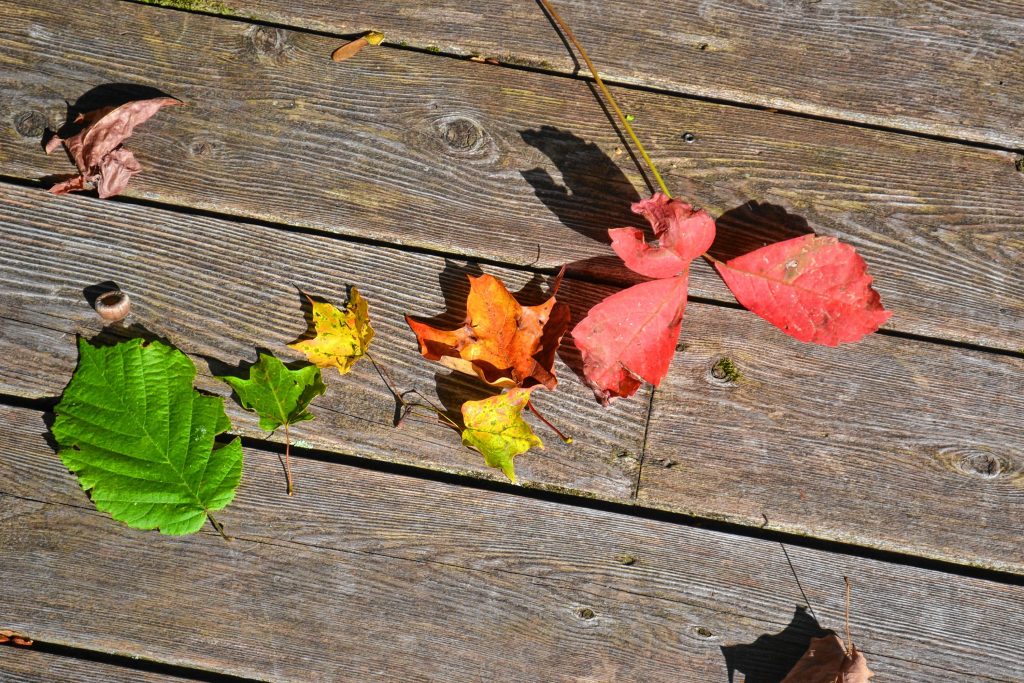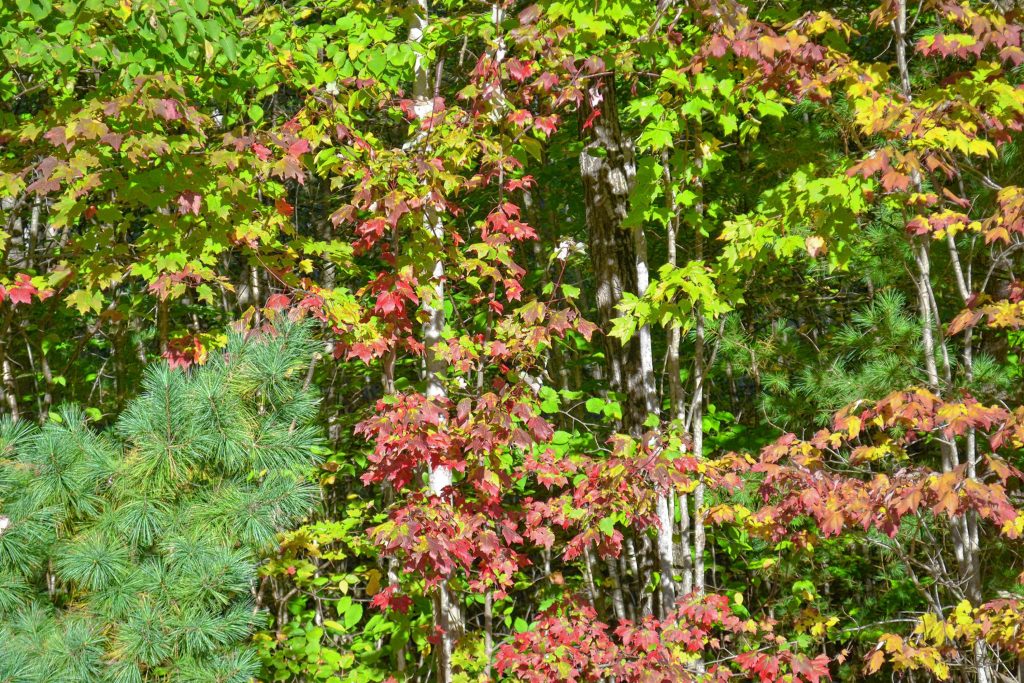Every fall, we drive around, go for hikes and take pictures to capture all the wonderful foliage.
The reds, oranges and yellows contrasted by the conifers is really a sight to behold. No wonder people come from all over the country (and world) to catch a glimpse.
And while most, if not all, of you may have learned the science behind why the leaves change during your schooling, we couldn’t do an issue dedicated to fall foliage and not give you the reasons behind it.
So of course, we used our in with the Society for the Protection of N.H. Forests’s Dave Anderson to get a little refresher.
“It’s really simple,” Anderson said.
You might remember a few years back we made a joke about how “trees begin to shed their summer coat in anticipation of winter.” And Anderson was quick to point out that we were in fact wrong in that statement. He was more than willing to share his knowledge with us again.
Those yellows and oranges and browns that you see this time of year are actually present in the leaves all year round. They are known as carotenoids, but are hidden by the green chlorophyll. During the spring and summer, chlorophyll collects the sun’s rays and produces sugars and carbohydrates that keep leaves nourished. But in the fall, the production of chlorophyll slows way down and eventually comes to a screeching halt.
“When the tree begins to shut down that chlorophyll production, those colors that are underneath begin to show.”
Now while the yellows and oranges are nice, the reds and purples are the stow shoppers.
“Those are the trees that will make people jam on their brakes to get out and take a picture,” Anderson said.
But unlike their foliage counterpart, the reds and purples aren’t present in the leaves all year round.
“The red is produced for the first time in the leaves in the fall in response to those chemical changes,” Anderson said.
It’s known as anthocyanins and it’s present in fruits like apples, grapes and raspberries.
Now you might be wondering why the leaves fall off the tree and cause you to spend many fall afternoons raking them from your yard.
Well, during this time of year a corky cell is created at the point where the leaves are attached to the branch.
It stops the process of delivering important nutrients to the leaves. It’s pretty much the trees way of saying ‘it’s time for you to go.’
Sugars can get trapped in the leaves, which is why leaves on the same tree can look totally different.
Eventually those cells will cause the leaves to fall off. So next time you’re raking, just remember how cool the leaves actually are.










